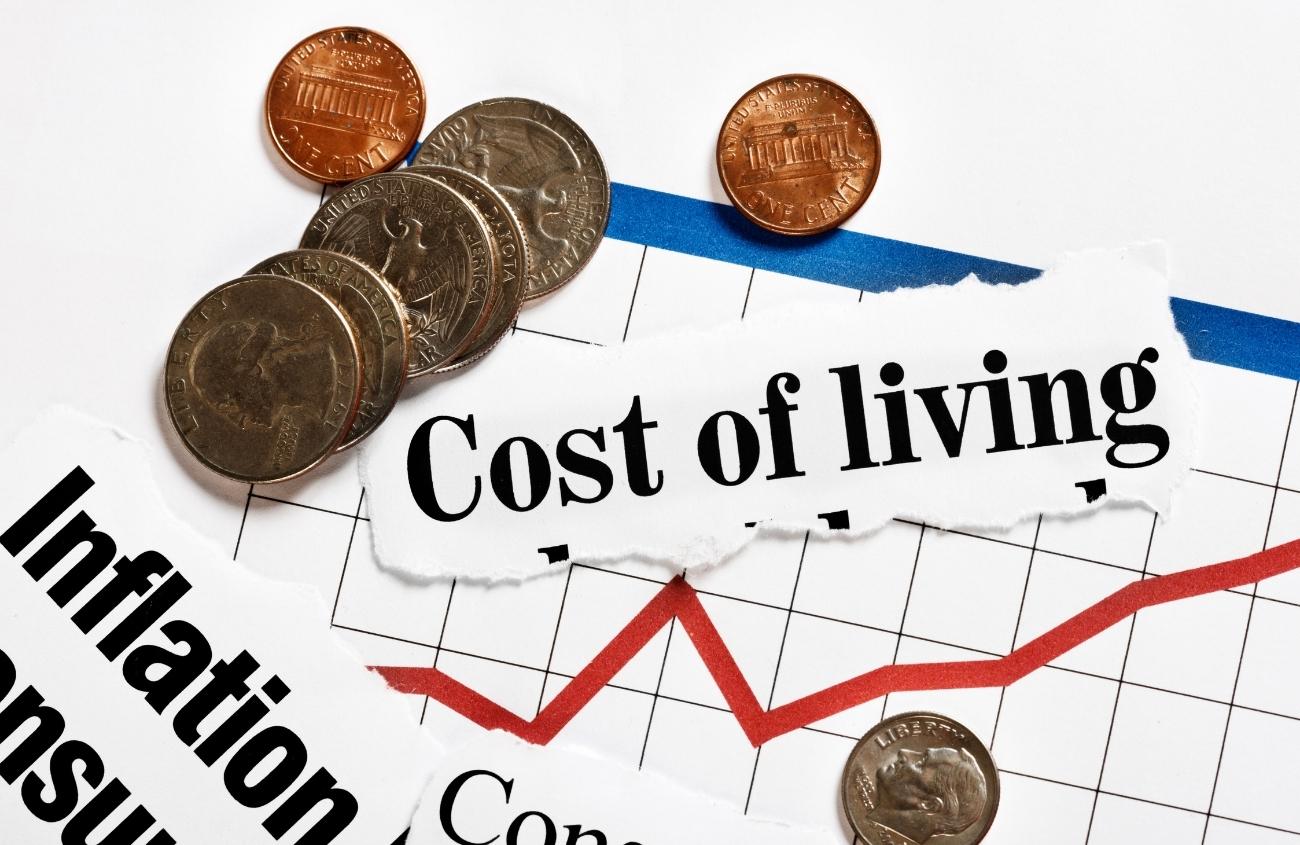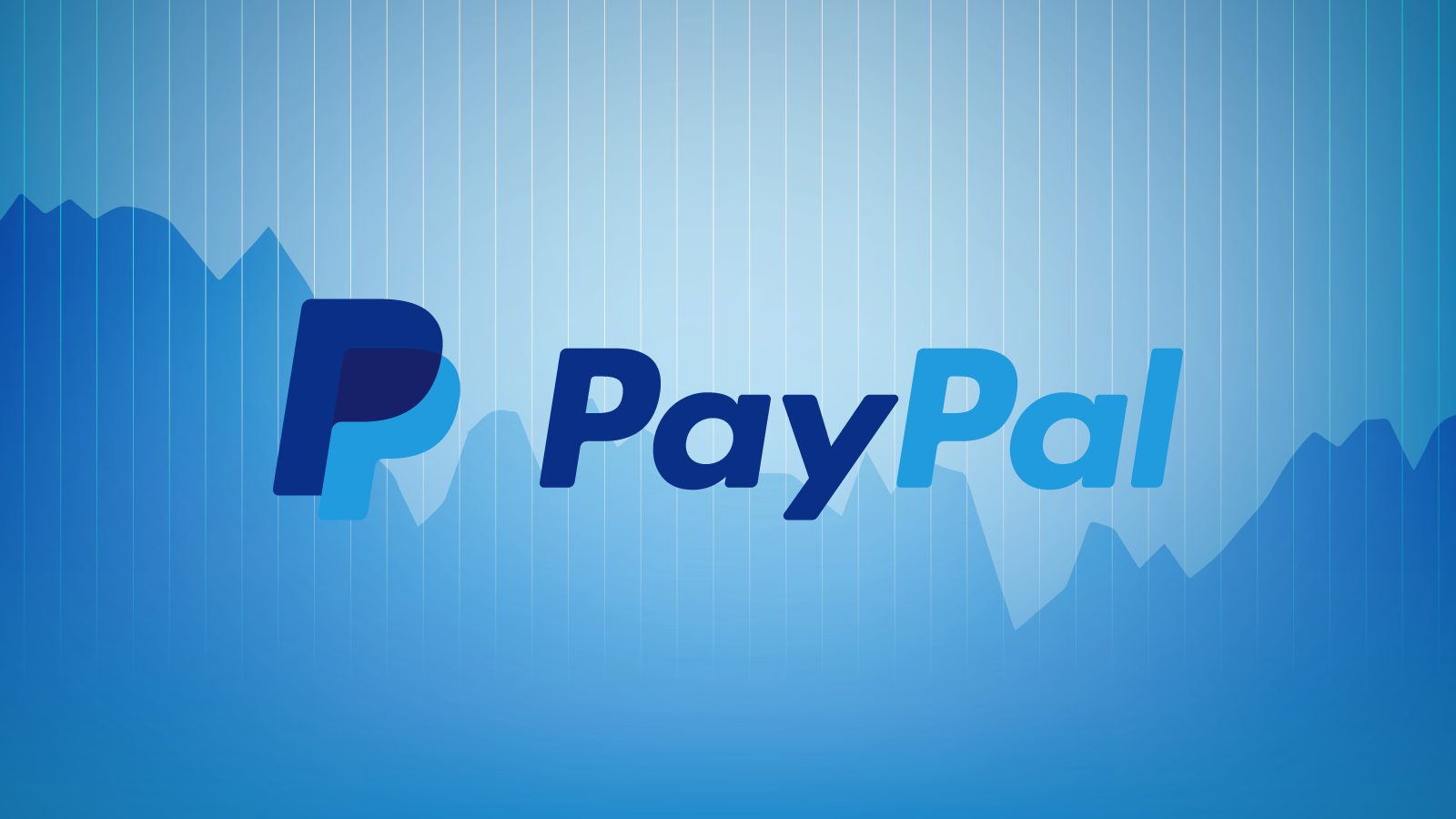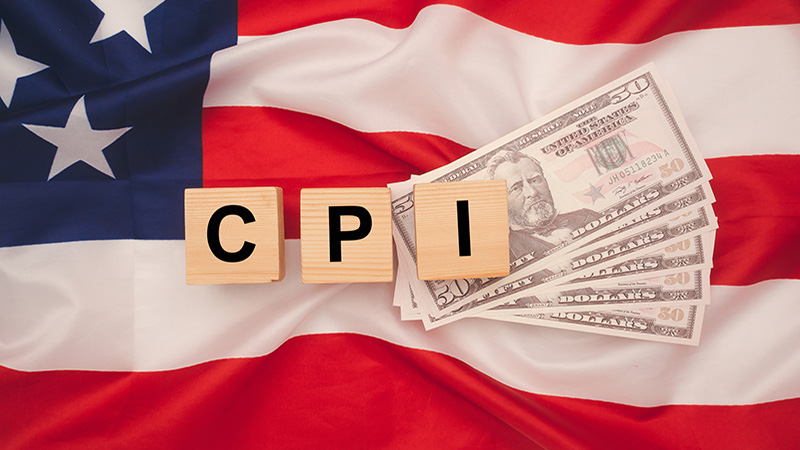Why Hospitality Brands Can’t Ignore TikTok Travel Trends

Summary
TikTok has transformed the way travelers discover and choose destinations, turning viral videos into powerful drivers of bookings and brand visibility. For hospitality brands, from luxury resorts to boutique hotels, ignoring TikTok trends is no longer an option — these platforms provide real-time signals of traveler interests, desires, and frustrations. By combining social listening with traditional market research, brands can anticipate emerging trends, tailor content to viral hashtags, and convert engagement into bookings. RILA specializes in turning TikTok insights into actionable strategies, helping hotels and travel brands bridge the gap between online virality and real-world revenue while staying ahead of the competition in a rapidly evolving digital landscape.
Introduction
The way travelers discover destinations, hotels, and experiences has changed forever. TikTok has emerged as one of the most powerful travel marketing platforms in the world — a single viral video can turn a quiet resort into the next must-visit location overnight. With more than a billion active users, TikTok is no longer just for entertainment — it’s where travel decisions are made.
From ‘hidden gem’ beaches to luxury hotel room tours, TikTok is shaping traveler expectations and influencing booking behavior in real time. For hospitality brands, ignoring this shift isn’t just a missed opportunity — it’s a competitive risk.
RILA Global Consulting helps hotels, resorts, and travel brands harness TikTok insights to engage travelers where inspiration begins.
From Traditional Research to Always-On Listening
In the past, hospitality marketing was dominated by brochures, email campaigns, and static ads. These tools still have their place, but they can’t match the speed and authenticity of user-generated content.
Today, over 80% of travelers research online before booking, and TikTok is a core part of that journey. They search for ‘best hotels,’ follow travel influencers, and trust peer reviews more than traditional advertising.
Always-on social listening allows hospitality brands to monitor these conversations in real time and adapt their marketing strategies to align with emerging traveler interests.
Why Social Listening Matters Across Industries
TikTok’s influence spans multiple segments of the hospitality industry. Social listening on the platform uncovers real-time traveler sentiment, desires, and frustrations.
- Resorts: Track viral content around amenities like infinity pools, eco-lodges, or destination spas.
- Hotels: Monitor trending hashtags tied to city breaks, weekend getaways, and luxury stays.
- Boutique Properties: Identify niche experiences travelers are craving, like personalized touches or design-forward interiors.
- Travel Destinations: Detect trends driving visitation spikes, from seasonal festivals to adventure activities.
Takeaway: TikTok trends are no longer background noise — they are travel demand signals.
The Role of Market Research + Social Data
Combining TikTok social listening with market research gives hospitality brands a holistic view of traveler behavior. Market research reveals who the travelers are; TikTok insights reveal what excites them in real time.
With RILA’s insights, brands can:
- Identify emerging travel trends before they reach mainstream platforms.
- Understand which amenities, experiences, and destinations are generating viral attention.
- Benchmark brand visibility and traveler sentiment against competitors.
- Tailor content strategies to align with trending hashtags and traveler interests.
- Turn organic conversations into measurable bookings and loyalty.
This approach ensures that brands not only observe TikTok travel trends — they capitalize on them strategically.
RILA in Action: Turning Signals into Strategy
Imagine this: A small luxury resort is featured in a creator’s TikTok showcasing its rooftop pool. The video garners 2 million views within 48 hours. Suddenly, search traffic for the resort surges, bookings spike, and competing hotels scramble to respond.
Using RILA CORE, our proprietary insight framework, we help hospitality brands:
1. Track viral travel content in real time and map its impact on traveler behavior.
2. Identify the audience segments engaging most with specific trends.
3. Synthesize these insights into strategic marketing and promotional plans.
4. Activate campaigns and messaging to amplify visibility and maximize conversions.
The result? A powerful bridge between online virality and real-world revenue.
What This Means for Organizations
TikTok is no longer optional for hospitality brands — it’s essential. Those who actively monitor and act on travel trends will capture market share faster than competitors.
- Proactive marketing: Ride trends in real time, not after they peak.
- Early detection: Spot emerging demand signals before competitors do.
- Stronger storytelling: Create campaigns travelers want to share organically.
- Higher ROI: Convert social engagement directly into bookings and brand loyalty.
For hospitality leaders, embracing TikTok means embracing the future of travel marketing.
About RILA Global Consulting
At RILA Global Consulting, we combine cutting-edge social listening, consumer research, and AI-driven analytics to decode what travelers are saying — and not saying — on TikTok and beyond. With deep expertise across hospitality and tourism, we help brands transform trending content into actionable strategies.
We’ve partnered with resorts, hotel groups, and destinations to amplify their visibility through data-driven storytelling and real-time engagement. Whether you need to detect viral trends, benchmark brand performance, or build a TikTok-forward marketing strategy, RILA is your partner for turning insights into action.
👉 Ready to turn TikTok travel trends into your next growth engine?
Contact us RILA Global Consulting to start driving results today.
Read More

Consumer Sentiment Report: October 2025 - How US Households Are Talking About Inflation, Value and the Cost of Living
The Consumer Sentiment Report: October 2025 reveals an America still reeling from the long shadow of inflation. Across millions of social posts, people voiced anger and exhaustion over prices that “went up and never came back down.” Families described feeling cornered by relentless costs in housing, groceries, healthcare, and utilities, with even higher earners living paycheck to paycheck. Consumers are adapting through extreme price sensitivity—embracing coupons, switching brands, and cutting non-essentials—while expressing deep skepticism toward policymakers and corporations alike. For brands and leaders, the message is unmistakable: the modern consumer demands transparency, fairness, and proof of value in every purchase.
November 8, 2025
READ MORE

Restaurant Loyalty in a Squeezed Economy: What 18.9 Million Online Conversations Showed Us
In a strained 2025 economy, 18.9 million online conversations reveals that restaurant loyalty now hinges on one question: is it worth it right now? Consumers praised QSR and pizza chains like Domino’s, Taco Bell, and Chick-fil-A for speed, deals, and perceived value, while fast-casual favorites such as Chipotle and Cava faced growing backlash over $18–$25 meals that no longer felt justified. This shift highlights a pragmatic consumer mindset where affordability, portion fairness, and speed outweigh novelty — signaling that the next wave of restaurant loyalty will be earned not through brand heat, but through clear value and everyday credibility.
November 4, 2025
READ MORE

PayPal (PYPL) Q3 Consumer Analysis: Trust, Security, and Shifting Expectations
PayPal’s Q3 narrative revealed a pivotal shift from optimism about convenience to deeper conversations about trust, transparency, and control. While total mentions and unique voices grew, discussions increasingly centered on account limitations, security holds, and dispute resolution—underscoring consumers’ desire for reliability over novelty. The rise in scam-related chatter highlighted growing vigilance, even as PayPal’s brand familiarity continued to inspire confidence. Meanwhile, challengers like Wise, Venmo, and Cash App gained momentum through their perceived advantages in speed, fees, and clarity. The result is a landscape where PayPal remains trusted but scrutinized—a symbol of digital payments maturing under consumer demand for accountability and seamless support.
October 30, 2025
READ MORE

Meta (META) Q3 Consumer Analysis: AI Friction and Privacy Concerns Shape the Conversation
Meta’s third-quarter consumer landscape paints a picture of rising visibility but waning enthusiasm. While online mentions grew nearly 10% from Q2, engagement and positivity declined as users voiced growing unease over AI automation, privacy, and platform transparency. The shift from giveaways and entertainment to deeper debates around governance and data handling signals a pivotal change in how audiences perceive Meta’s evolving ecosystem. Despite maintaining dominance in reach and integration, the company now faces a more critical public conversation—one defined by trust, control, and the uneasy intersection of innovation and intrusion.
October 30, 2025
READ MORE

CPI Insights: September 2025 — Inflation Anxiety and the Blame Game on Social Media
RILA’s analysis of over 16 million U.S. social media conversations surrounding the September 2025 CPI report uncovers a nation grappling with economic fatigue and distrust. Beyond rising numbers, Americans see inflation as a symptom of systemic policy failure — with blame falling heavily on government spending, immigration costs, and tariffs. Healthcare, housing, and education top the list of pain points, symbolizing structural failures that go far beyond temporary price spikes. The public mood is overwhelmingly negative, marked by anger, blame, and a sense of entrapment as consumers feel policy decisions — not just market forces — are eroding their economic stability and future prospects.
October 27, 2025
READ MORE

Early Holiday Spending Sentiment in October: How Consumers Are Feeling
As the 2025 holiday season approaches, consumer conversations reveal a fascinating mix of optimism and caution. While inflation and economic pressures weigh heavily on many households, shoppers are prioritizing meaningful experiences and emotional value over discounts and mass-market products. Parents, in particular, are determined to make the holidays special for their children, even if it means turning to flexible payment options like buy now, pay later or adjusting travel plans toward affordable domestic trips. The overall sentiment suggests a redefinition of holiday joy — one centered on authenticity, connection, and creative budgeting — offering brands a clear opportunity to engage with purpose and empathy this festive season.
October 24, 2025
READ MORE

Top U.S. Consumer Concerns — Last 30 Days (RILA Global Consulting Analysis)
Over the past month, American consumers have been caught between economic pressure and cautious hope. According to RILA’s analysis of 25 million online conversations, tariffs and inflation dominate public discourse — shaping a sense of financial vulnerability that spans demographics and languages. English-speaking Americans decry tariffs as a hidden tax, while Spanish-speaking communities focus on agricultural fallout and global trade risks. Inflation’s reach now extends beyond groceries to healthcare, deepening distrust in political leadership. Meanwhile, AI-driven automation fuels job insecurity, especially among younger generations who see innovation as both opportunity and threat. Yet, amid the strain, moments of optimism — from EV purchases to financial literacy — suggest that while Americans feel squeezed, they’re still seeking control and clarity in a shifting economic landscape.
October 22, 2025
READ MORE

Why Social Listening is Critical for Nuclear Energy Discussions
Nuclear energy remains one of the most emotionally charged and technically complex sectors in the global energy debate, where public perception often outweighs scientific facts. This article explores how social listening has become essential for industry leaders, policymakers, and energy organizations to understand real-time public sentiment, track misinformation, and engage communities proactively. Unlike traditional research, which captures static snapshots of opinion, social listening uncovers nuanced, rapidly evolving conversations across social media and forums, allowing stakeholders to detect concerns early, address fears around safety and waste, and craft targeted, empathetic communication strategies. By integrating these insights with market research, nuclear energy organizations can foster trust, shape narratives responsibly, and position themselves strategically in the transition to net-zero emissions.
October 22, 2025
READ MORE

What Social Listening Reveals About Inflation’s Impact on Dining Choices
Inflation is reshaping not just what consumers eat, but how they decide where and how much to spend—conversations that are happening in real time on social media. Traditional research methods can lag behind these rapid behavior shifts, but social listening combined with AI-driven analytics provides QSR and food brands with an immediate window into consumer priorities, price sensitivity, and value perceptions. From spotting early complaints about portion sizes to identifying the most effective promotions, brands that act on these digital signals can proactively adjust pricing, loyalty programs, and messaging to maintain loyalty and competitive advantage. By treating inflation as a strategic moment rather than a challenge, companies can turn economic pressure into actionable intelligence, protecting both margins and customer relationships.
October 22, 2025
READ MORE